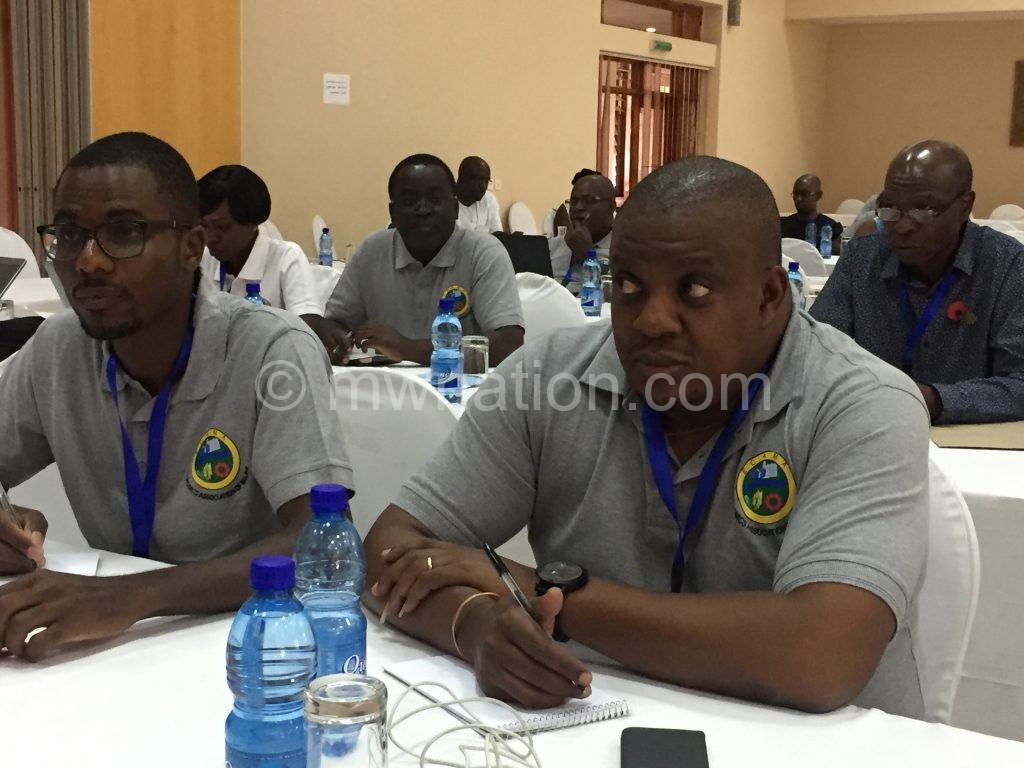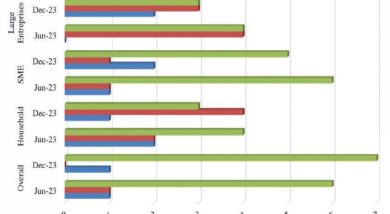AfDB puts Malawi growth at 5.5 percent in 2019
The African Development Bank (AfDB) has projected that Malawi’s five percent economic growth in 2018 and 5.5 percent in 2019 is more positive, given the stable economy, though the country remains vulnerable to external shocks and fiscal slippages.
The forecast, contained in this year’s flagship publication of the African Economic Outlook (AEO) released by the bank Thursday, is slightly higher than government’s forecast of 4.5 percent in 2018.

AEO is a report that provides short-to-medium term forecasts on the evolution of key macroeconomic indicators for all 54 regional member countries, as well as analysis on the state of socioeconomic challenges and progress made in each country.
The bank has, however, cautioned that economic performance depends largely on weather conditions, which are expected to be more variable due to climate change.
Reads the report: “The country’s economic outlook is greatly influenced by agricultural performance, government economic management programmes, global commodity prices and donor support.
The report further commends government for implementing fiscal reforms and improving accountability and transparency systems, which are starting to bring back development partners that withdrew budget support following the Cashgate scandal.
Malawi’s macroeconomic stability showed signs of improvement during the past 12 months as year- on- year inflation dropped considerably, from 218 percent in 2016 to 12.3 percent in 2017.
Declining food price inflation has been the main driver in reducing overall inflation. Since early 2016, the kwacha further stabilised against the dollar, reducing exchange rate volatility while stabilising non-food prices and helping lower inflation.
Commenting on the AfDB forecast, Economists Association of Malawi (Ecama) president Chikumbutso Kalilombe said it would be difficult to estimate how the economy grew without undertaking independent research but most indicators are pointing to the right direction.
“Given the foregoing, we believe government figures are more likely to be firmed up or revised in the upcoming data compilation in first quarter of 2019 as the current figures were compiled in September 2018.
“Thus AfDB figures are more likely to be closer to the reality on the ground given that they have been compiled more recently,” he said.
Speaking separately, economic statistician Alick Nyasulu cautioned that the country should never get so excited about high growth rates if they don’t translate to improved quality of life for the poorest Malawians.




